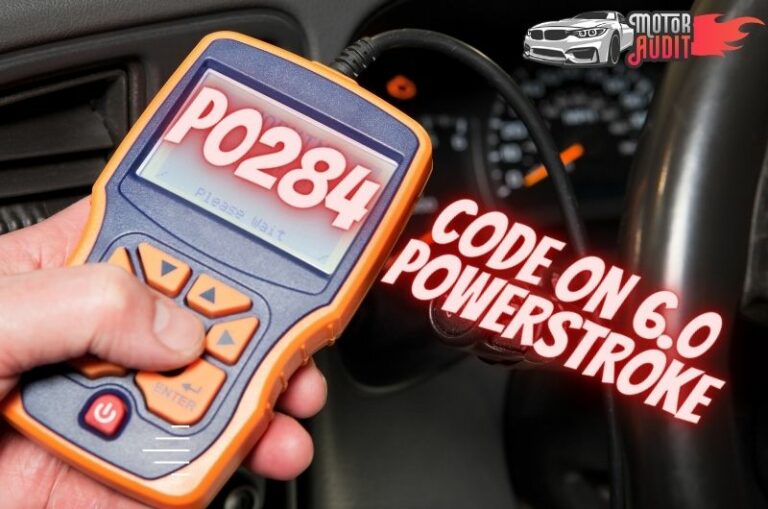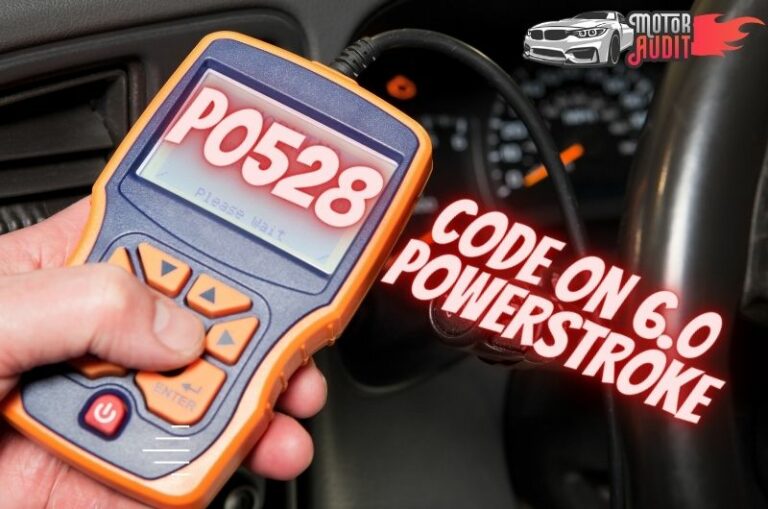How To Check Fuel Pressure On A 6.0 Powerstroke?(Full Guide)
The fuel pressure on your 6.0 Powerstroke should be checked every time you do a diagnostic check, perform major service work, or if the vehicle is not running properly.
An inappropriate fuel pressure level may cause the engine to stall or get low power, so it is important to check the fuel pressure.
This post will discuss how to go about checking the fuel pressure on your 6.0 Powerstroke as well as what “bad” fuel pressure looks like so that you know what to do when it happens!
What PSI Should My Fuel Pressure Be On A 6.0 Powerstroke?
Fuel pressure is basically the amount of pressure applied to the fuel in order for it to move through the system. It is important to maintain appropriate fuel pressure in the engine to ensure that it is able to run smoothly and efficiently.
Like any other vehicle, the Ford 6.0 Powerstroke has a maximum and minimum fuel pressure level that is set by the manufacturer. This will be written on your owner’s manual or in the service manuals provided by Ford, so be sure to check with either of these sources before taking any action related to your fuel system!
The desired fuel pressure levels for this vehicle depend on several factors, including the year, make, model and engine. Also, you should keep in mind if the truck is idle or running before checking the fuel pressure.
For example, in 2002 and 2003 models, they should have between 55 psi (pounds per square inch) when idle to 70-75 psi when running. Either way, your 6.0 Powerstroke must maintain a fuel pressure of more than 45 PSI to maintain appropriate power levels, this includes the fuel pressure under the Wide Open Throttle too.
If you are still unsure of what your particular truck’s minimum or maximum levels are supposed to be, then it is recommended that you contact a certified mechanic to inspect the vehicle and get them taken care of.
How To Check Fuel Pressure On A 6.0 Powerstroke
Checking the fuel pressure on a 6.0 Powerstroke may seem complicated to many owners, but it is actually quite simple. There are only a few steps to do that, and here they are-
First Step
Firstly, you need to access the fuel pressure port plug by removing the air filter assembly. The fuel pressure port plug is located at the fuel filter housing. But if you already have a Schrader valve test fitting installed, you can skip this step.
In that case, you will need to locate the Schrader valve that’s found on most vehicles’ fuel rail or injector lines using a clear tube-like device called an automotive stethoscope. This allows for easy listening of air intake and fuel pressure sounds in order to distinguish which one belongs to either system.
If you don’t have a Schrader valve installed, you can easily install it by removing the fuel pressure port plug with an alien wrench. Then, smear some clean motor oil on the o-ring of the Schrader valve test fitting and install it.
Second Step
Connect your air compressor through the threaded end of this tool so that they are both firmly attached together until reaching desired psi levels (should be between 55 – 70).
Once done making sure everything is connected correctly, slowly turn up the dial on your compressor while watching what happens with the gauge located within the same area where you’re checking for sound. If there isn’t any sort of change then suspect a faulty air compressor.
Third Step
While watching the psi level on your gauge, directly remove the Schrader valve (you may need to use an adjustable wrench) and slowly let out all of the pressure that you’ve built up in order to get a clear reading for what your fuel pressure is at this moment.
This step should only be done if there was enough time between when you first connected everything together so it can build up appropriate levels! If not then repeat from the second step again until reaching desired PSI.
Fourth Step
Finally, once everything has been checked and double-checked according to whether or not these steps have been performed properly, simply reattach the Schrader valve back onto its place before replacing any parts that might have been removed during the process.
What To Do If Fuel Pressure Is Not Ideal?
If your fuel pressure is not in the correct range, then you’ll need to take action immediately if you want to avoid any problems with performance or engine damage. How much of a problem might this be? Well, it depends on what type of issues arise!
If the psi levels are too high for instance, there could be potential issues with clogging up filters and lines which will cause serious harm over time. A fuel pressure level over 100 PSI can be considered too high for 6.0 Powerstroke, which eventually leads to hard starting and running problems.
On the other hand, low PSI can result in poor shifting that’s caused by weak power due to an insufficient amount of gas flow through injectors and cylinders within the engine itself. This may cause further problems with timing and fuel injection within the system, which are both issues that are best left to a professional. So always double-check your work when checking fuel pressure!
Bottom Line
Checking fuel pressure on a Powerstroke is an important step that every owner should take the time to check. Whether it’s high or low PSI, the next step will depend on your personal preference and what your auto mechanic recommends.
So, that’s everything for today, I hope checking the fuel pressure on your 6.0 Powerstroke won’t be a hassle anymore. Happy riding!
- Read Also>>What is P0476 code on 7.3 Powerstroke? How To Fix
- Read Also>>Common 5R110W Transmission Problems: (Troubleshoot & Fix)
- Read Also>>What Is P0405 Code On 6.0 Powerstroke: How To Fix?
- Read Also>>What Is P0266 Code On 6.0 Powerstroke: How To Fix?
- Read Also>>What Is P0478 Code On 7.3 Powerstroke: How To Fix?





